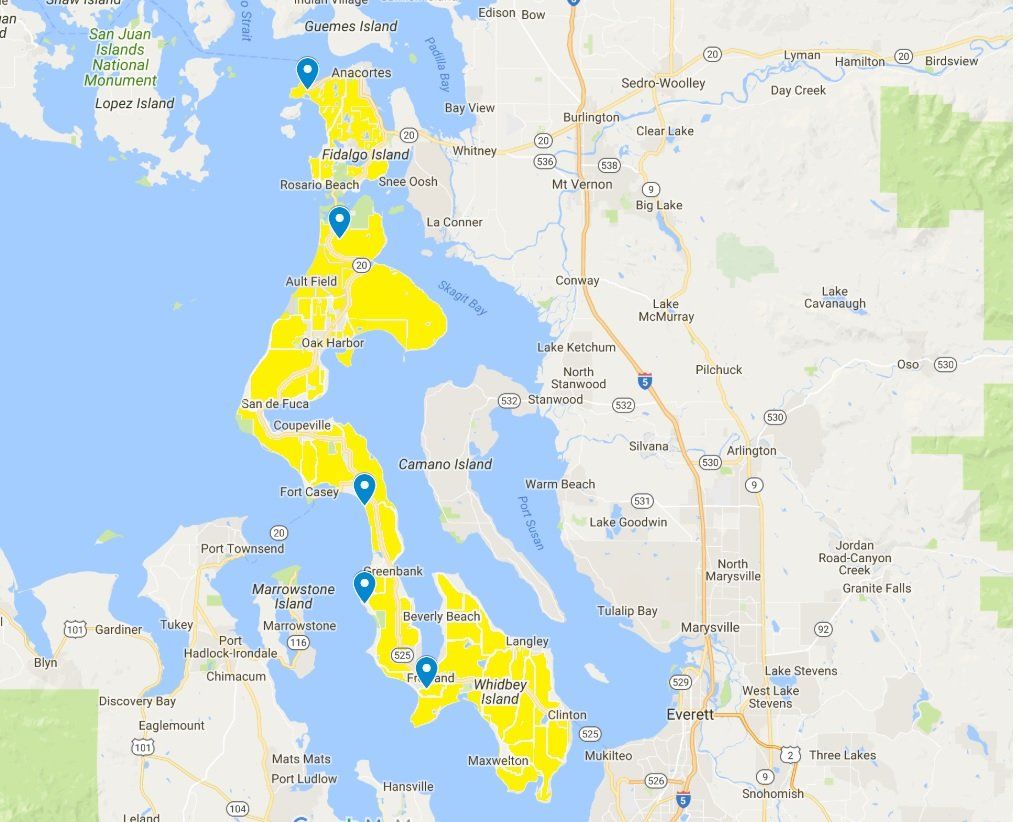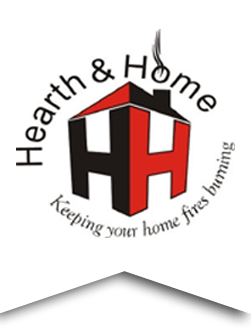Servicing Whidbey Island, Anacortes, and the San Juan Islands
360-679-8228
OFFICE HOURS
Tues - Sat 10-6pm
HELPFUL INFORMATION
Helpful Information
Quality Heating Exceptional Reputation Dependable Services
Looking for seasoned chord wood?
Visit
Northwestern Fuel & Landscaping
as a reputable source of wood grade fuel. Seasoned Hard/Soft wood, Organic Pellets and Energy Logs and Fire Starters in Mukilteo WA off 525 (Very convenient from the Mukilteo Ferry)
Lighting your pilot
- Standing pilot units only
- Open the grill, faceplate or door (depending on your appliance) and locate the gas valve. Your valve may be located behind a "dashboard plate" and that will not interfere with the lighting of your pilot light.
- Refer to the manufacturers' instructions. Never force the knobs. Locate the large black knob marked ON/OFF/PILOT. Rotate the knob to the PILOT position. To do this, align the word pilot with the indicator. To check to be sure you are aligned properly - depress the knob momentarily and it should move inward. This allows the gas to flow.
- While pressing and holding in the black knob in the PILOT position, press the SPARK IGNITOR button repeatedly until the pilot light ignites. Your ignitor should make a snapping sound when depressed.
- Once the pilot is lit, continue to hold the valve knob depressed for a minimum 30 seconds to one minute, release the knob and allow it to move outward gently. The pilot should remain lit. If it goes out, repeat steps 2-4. If the pilot light does not stay lit, you will need a service call and should contact us to schedule an appointment.
- Next, turn or depress slightly and turn the knob to the "ON" position. Never force the knob
- To light your burner: Operate by your switch or your thermostat or remote control.
Wood burning tips
Inspect and/or clean your appliance annually
A dirty fireplace and chimney can cause chimney and home fires. It will also inhibit proper venting of smoke up the flue.
Check for maintenance items which need to be tended to such as:
- Stove door and window gaskets
- Fire bricks which are cracked and broken and falling
- Metal baffles and grates that are worn or warped
- Check stove body and venting for cracks and holes
- Check roof flashing for areas of possible leaking
- Check masonry for loose mortar or brick and crown seal
NEVER burn GREEN WOOD, GARBAGE or DRIFTWOOD!
These materials contain cholorid which will rapidly destroy metal surfaces and void your stove's warranty.
Burn Smartly!
- Seasoned wood burns cleaner than green wood
- Firelogs are less polluting and produce less smoke
- Keep wood stacked, covered and off the ground
- Keep a fire extinguisher on hand at all times
- Build small hot fires, don't add too much fuel at one time
- Be sure the "stocked" fire has had time to reach combustible temps before dampening down
- Don't dampers too far down
- Replace older more polluting stoves with cleaner burning and more efficient models
Read your manual! it is full of important information about proper cleaning and maintenance of your fireplace. Have your heating appliance installed by a professional who will assure your family's safety.
Things to know about burning wood
Inspect and/or clean your appliance annually
- A dirty fireplace and chimney can cause chimney and home fires. It will also inhibit proper venting of smoke up the flue.
- Read your manual! it is full of important information about proper cleaning and maintenance of your fireplace.
- Have your heating appliance installed by a professional who will assure your family's safety
Tips for safe burning
- Burn stove with draft control wide open for about 10-15 minutes every time you start a fire.
- Every time you add new wood this will require burning with the damper wide open for a short time, allowing the new wood to reach combustible temperatures.
- Only burn seasoned, dry wood! Avoid burning wet or green wood. "Seasoned" indicates the wood has been dried at least one year.
- Burn small hot fires, rather than large smoldering ones that can deposit creosote in your chimney.
- Have your system checked annually by a qualified technician to remove ash and soot and check for creosote deposits.
It's very important to carefully maintain your wood burning appliance. Part of this process is burning seasoned, dry wood and maintaining a clean stove & chimney system.
What is Creosote?
When wood is burned slowly, it produces tar and other organic vapours, which when combined with moisture form creosote. The creosote vapours condense in the relatively cool chimney flue of a slow burning fire. As a result, creosote residue accumulates on the flue lining. When ignited, this highly flammable substance can result in a chimney fire.
Things to remember in case of a chimney fire
- Close all draft and damper controls
- Call 911 or the fire department
Maintaining your GAS appliance
Enhance the performance of your gas burning appliance by:
- Some things to watch out for... Clean and service the appliance to maintain the "health" of your investment
- Check the stove body and venting for cracks and holes
- Check roof flashing or chaise covers for areas of possible leaking
- Check masonry chimneys for loose mortar or bricks and cracking
Some things to watch out for:
- Clean the white residue which accumulates on the window to assure the residue does not burn in or scar the window glass. Specialty cleaners are available specifically for this purpose. Regular glass cleaner is NOT sufficient. See us at the store or your local hearth professional and ask for Gas Glass Cleaner.
- Black spots of a sooty nature on windows or logs can mean adjustments by a professional are needed. Log sets can be dusted by the homeowner with care. Placement is critical, DO NOT rearrange logs.
- Banging, shaking or rattling of metal or glass indicates improper air to fuel adjustment. Consult a professional to assure your fireplace is burning correctly and to have your unity adjusted as needed.
Maintaining your WOOD
appliance
Creosote, a tar-like substance that can build up in your fireplace, can lead to dangerous chimney fires.
Tips for maintaining your wood appliance:
- Check annually to assure flue is clear and free of soot and ash.
- Check the chimney, its seals and flashings for heat and water integrity.
- Burn only dry and seasoned wood to get a cleaner burning exhaust and more heat from every piece of wood
- Before each addition of wood, open the damper and allow the new wood to heat up thoroughly before dampening down.
- Store firewood away from your home to prevent bugs and wood eating insects from invading your home
- Do not cover your wood on all sides. A tent only traps moisture and does not allow air circulation
- Store wood off the ground. It will absorb moisture directly from the earth
- Inspect all firewood purchases prior to committing to purchase. Check the weight of the wood, look for drying cracks. A full cord should measure 4 feet deep by four feet tall by eight feet in width.
Maintaining your PELLET appliance
- These units depend upon consistent, clean, dry fuel for optimum performance!
- The light ash produced is pellet stoves and inserts can clog venting systems, and the appliance. This affects its burning efficiency and operation. To minimize this, we recommend you follow these steps:
- Store bags of pellets in a clean, dry and protected environment. Even small pin holes in the bag can cause pellets to swell.
- Do not dump the tiny particles from the bottom of the bag into your stove. They compact and cause clogging.
- Always follow the manufacturer specifications carefully for proper burning. A professional with experience will assure a thorough cleaning of the appliance and venting.
- Complete annual service is a critical factor in maintaining good service from pellet stoves and inserts when used regularly. Following the manufacturers specifications for regular maintenance will assure reliable heating.
Hearth Pads
Click here
to view our selection of Hearth Pads available for your new free standing stove.
Our Service Area

Contact Us
Hearth & Home
949 Ault Field Rd
Oak Harbor, WA 98277
360-679-8228
For Sales:
Contact: Brandon or Jeanette
For Service:
Contact: Jeanette
Cash, Personal Checks
Privacy Policy
| Do Not Share My Information
| Conditions of Use
| Notice and Take Down Policy
| Website Accessibility Policy
© 2025
The content on this website is owned by us and our licensors. Do not copy any content (including images) without our consent.
